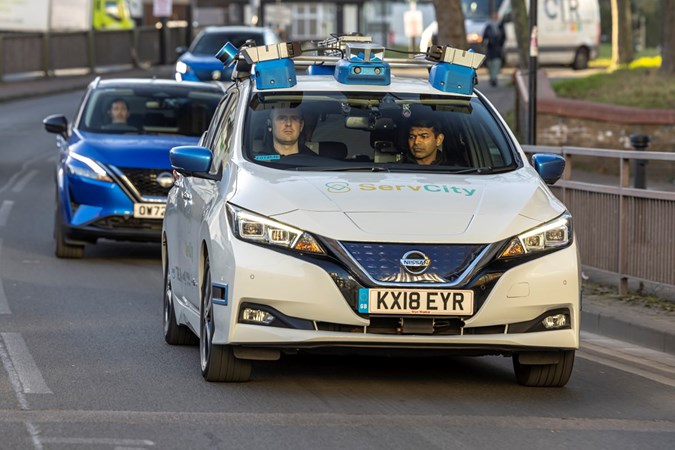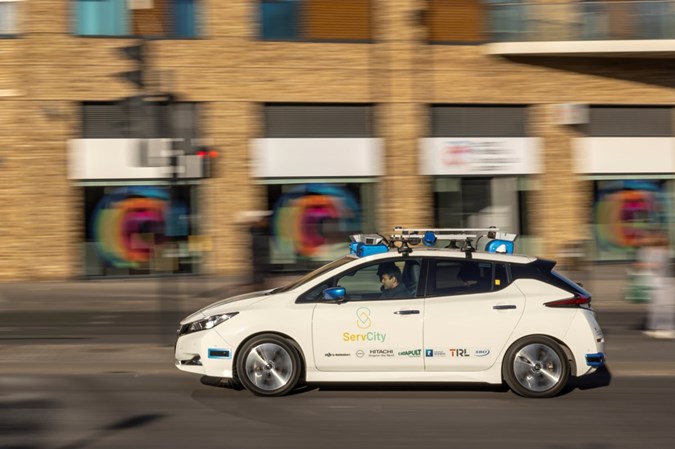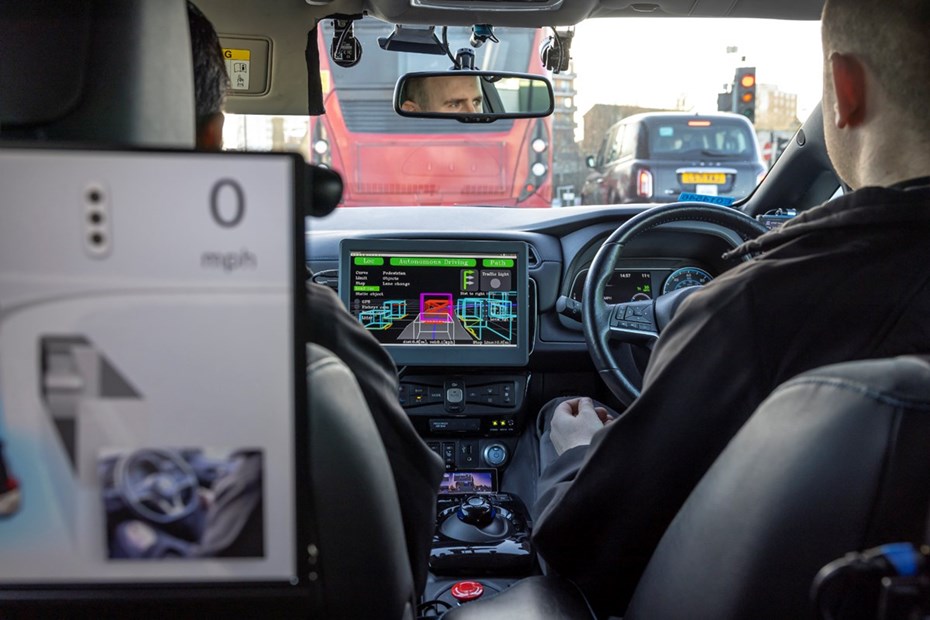We’ve reached a new landmark in British automotive legislation. The UK government’s Automated Vehicles Act has received royal assent to become law – and the change could see self-driving cars hit our roads as early as 2026.
There are strict conditions, though. Manufacturers must be able to make their autonomous vehicles as safe as a ‘careful and competent human driver,’ and the cars must undergo a series of safety checks before being allowed on the road.
The most interesting aspect of the new law is that drivers will not be held accountable for how their vehicle behaves when it’s operating in autonomous mode. That means, if the car was to get involved in an accident in self-driving mode, the responsibility would fall firmly on the manufacturer rather than the driver.
The new legislation follows successful self-driving vehicle trials in London and Oxford, conducted by home-grown British companies Wayve and Oxa.
What’s the point of the Automated Vehicles Act?
The primary aim of the Automated Vehicles Act is to improve road safety by reducing the amount of human error involved with driving. Currently, human errors such as fatigue and distraction account for 88% of traffic collisions on British roads.
However, UK legislators have identified a secondary benefit – expanding the economy. Between 2018 and 2022, the UK’s self-driving vehicle sector generated £475 million of direct investment and created 1,500 new jobs. The Automated Vehicles Act is expected to stoke investment up to £42 billion and create 38,000 more skilled jobs by 2035.

Mark Harper, the UK Transport Secretary, said: ‘Britain stands at the threshold of an automotive revolution and this new law is a milestone moment for our self-driving industry, which has the potential to change the way we travel forever.
‘While this doesn’t take away people’s ability to choose to drive themselves, our landmark legislation means self-driving vehicles can be rolled out on British roads as soon as 2026, in a real boost to both safety and our economy.’
How has the industry responded to autonomous vehicles?
Mike Hawes, Chief Executive of the Society of Motor Manufacturers and Traders (SMMT) is supportive of the law. He said: ‘This is a watershed moment for UK automotive innovation and road safety in the UK. Self-driving vehicles will revolutionise our society, and this new law will help turn ambition into reality, putting the UK alongside a handful of other global markets that already have their regulatory frameworks in place.
‘The industry will continue its close collaboration with government and other stakeholders to develop the necessary secondary legislation that will enable the safe and responsible commercial rollout of self-driving vehicles and the significant social and economic benefits they will afford the UK.’
However, the government published a survey in June 2023 which explored the public perceptions of self-driving vehicles – and the results aren’t exactly encouraging. 46% of respondents said they were uncomfortable with using autonomous vehicles that are completely responsible for all driving tasks, while 44% said they were uncomfortable sharing the road with such vehicles.

The RAC conducted a similar study, in which it found 58% of drivers are scared by the advent of fully autonomous vehicles. To further illustrate the extent of the negative public response to self-driving cars, just 15% thought they would make roads safer.
Simon Williams, the RAC’s head of policy, said in response the new law: ‘This is a major step on the road to autonomous vehicles appearing on the UK’s roads. But there’s lots of work still to do, not least bringing drivers along on the journey.
‘There are some very practical hurdles to overcome, such as how the cars of tomorrow will be able to successfully and safely navigate the UK’s complex web of streets – especially with so many potholes and faded road markings.’
Luke Wilkinson is Deputy Editor of Parkers. He has five years of experience as a car journalist, and spends his time writing news, reviews, features and advice pieces for both Parkers and its sister site CAR magazine.
Just so you know, we may receive a commission or other compensation from the links on this website - read why you should trust us.








